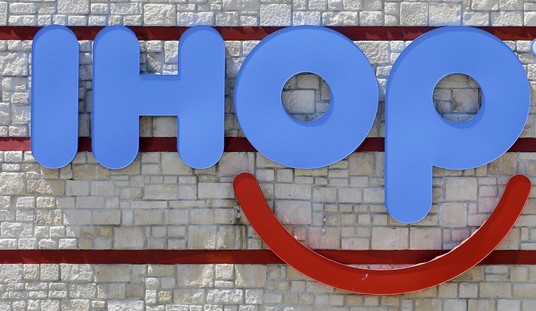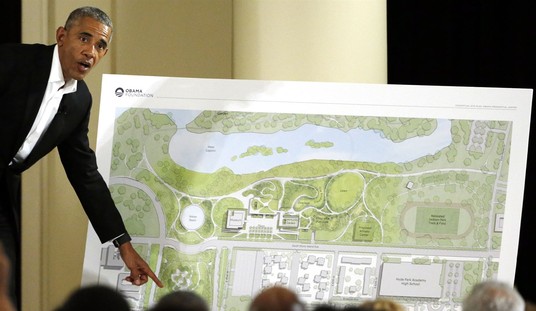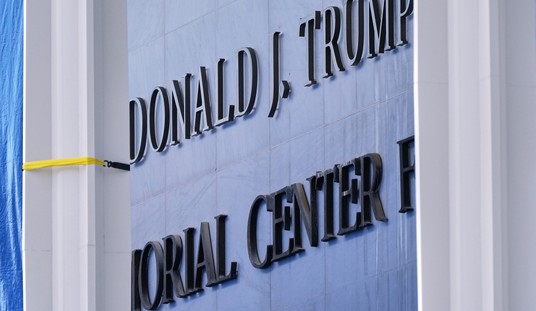It’s been a while since we’ve had an update on the D.C. midair collision last month, but on Friday, the National Transportation Safety Board (NTSB) held a news conference to share preliminary findings as it concludes the on-site phase of its investigation into the midair collision between a passenger jet and a U.S. Army Black Hawk helicopter near Washington, D.C., which claimed 67 lives.
NTSB Chairman Jennifer Homendy provided several key updates, outlining the flight paths of both aircraft as they moved along portions of the Potomac River on the night of January 29 before ultimately crashing near Ronald Reagan Washington National Airport.
Homendy revealed that the Black Hawk was conducting a combined annual instrument and night vision goggle training flight. At one point, the pilot and instructor pilot reported the helicopter at different altitudes but failed to address the discrepancy.
Related: Disturbing New Details Emerge About the Midair Collision at Reagan Airport
“This particular flight was a check ride for the pilot flying the Black Hawk. Generally, a check ride is a practical exam that a pilot must pass to be qualified to perform specific aircrew or mission duties,” she explained. “The Army does three types of check rides. Instrument, annual, and night vision goggles. This was a combined annual and night vision goggle check ride. We believe… the helicopter crew was likely wearing night vision goggles throughout the flight. Given the nature of the flight.”
According to Homendy, the crew was required to discuss removing their night vision goggles before doing so, yet the cockpit recorder captured no such conversation. This strongly suggests that the crew was still using the goggles at the time of the collision — confirming the widely held belief that this may have been a contributing factor to the crash.
“We believe the… helicopter crew was likely wearing night vision goggles throughout the flight given the nature of the flight,” she said. “Additionally, had they been removed, the crew was required to have a discussion about going unaided. Let me repeat that. Had they been removed, the crew was required to have a discussion about going unaided. There is no evidence on the cockpit voice recorder — or CVR — of such a discussion.”
Related: FAA Safety Report Says Staffing at Air Traffic Control Tower Was 'Not Normal'
Homendy outlined the flight path of the helicopter, which ventured northward from its base at Fort Belvoir, Virginia, to the Cabin John/American Legion Bridge area in Maryland before turning back south. Simultaneously, the passenger jet was ascending from the Woodrow Wilson Bridge area of Virginia.
Homendy also confirmed the altitudes of both aircraft as they hurtled toward each other. Just two seconds before the crash, the passenger jet was at a mere 313 feet as it descended into Reagan National, while the Black Hawk hovered at 278 feet at the moment of impact.
“In response, at 8:47:44, the Black Hawk crew indicated that traffic was in sight and requested visual separation, which was approved by DCA [Reagan National] Tower. The instructor pilot then told the pilot flying they believed [air traffic control] was asking for the helicopter to move left toward the east bank of the Potomac,” she explained.
At 8:47:52 or 7 seconds before impact, the CRJ [passenger jet] rolled out on final for runway 33. The CRJ was at a radio altitude of 344 ft, 143 knots. At 8:47:58 or one second before impact, the CRJ began to increase its pitch, reaching about 9 degrees nose up at the time of collision. FDR [flight data recorder] data show the CRJ elevators were deflected near their maximum nose up travel. The last radio altitude recorded for the CRJ was 313 ft and was recorded 2 seconds prior to the collision. The CRJ pitch at this time was again 9 degrees nose up and roll was 11 degrees left wing down. The CRJ was descending at 448 ft per minute.
The radio altitude of the Black Hawk at the time of the collision was 278 ft and had been steady for the previous 5 seconds. The Blackhawk pitch at the time of the collision was about a half degree nose up with a left roll of 1.6 degrees.
The next critical step for the NTSB involves a thorough examination of the helicopter wreckage. A comprehensive report isn’t anticipated for several months.










Join the conversation as a VIP Member